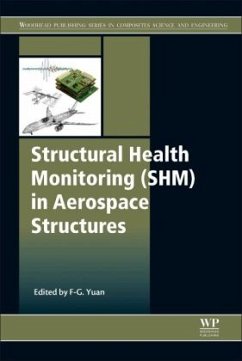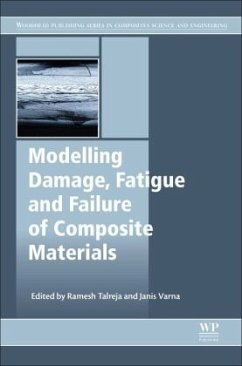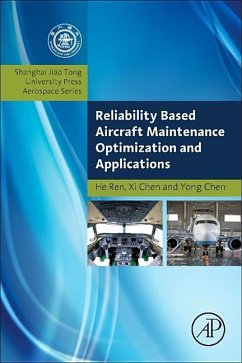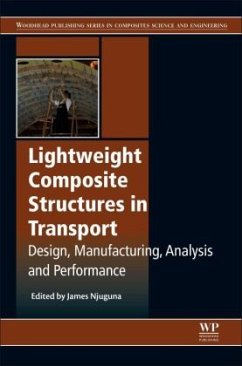
Transient Electromagnetic-Thermal Nondestructive Testing
Pulsed Eddy Current and Transient Eddy Current Thermography

PAYBACK Punkte
59 °P sammeln!
Transient Electromagnetic-Thermal Nondestructive Testing: Pulsed Eddy Current and Transient Eddy Current Thermography covers three key areas of theories, methods and applications, primarily the multi-physics field, including eddy current, heat conduction and Infrared radiation for defect evaluation, lateral heat conduction, which is analyzed to detect parallel cracks, and longitudinal heat conduction, which is analyzed to detect depth defect, or that which is beyond skin depth.In addition, the book explores methods, such as time domain, frequency domain and logarithm domain, also comparing A-s...
Transient Electromagnetic-Thermal Nondestructive Testing: Pulsed Eddy Current and Transient Eddy Current Thermography covers three key areas of theories, methods and applications, primarily the multi-physics field, including eddy current, heat conduction and Infrared radiation for defect evaluation, lateral heat conduction, which is analyzed to detect parallel cracks, and longitudinal heat conduction, which is analyzed to detect depth defect, or that which is beyond skin depth.
In addition, the book explores methods, such as time domain, frequency domain and logarithm domain, also comparing A-scan , B-scan and C-scan. Sections on defect identification, classification and quantification are covered, as are advanced algorithms, principal components analysis (PCA), independent components analysis (ICA) and support vector machine (SVM).
The book uses a lot of experimental studies on multi-layer aluminum structures, honeycomb structure, CFRP in the aerospace field, and steel and coating in the marine rail and transportation fields.
In addition, the book explores methods, such as time domain, frequency domain and logarithm domain, also comparing A-scan , B-scan and C-scan. Sections on defect identification, classification and quantification are covered, as are advanced algorithms, principal components analysis (PCA), independent components analysis (ICA) and support vector machine (SVM).
The book uses a lot of experimental studies on multi-layer aluminum structures, honeycomb structure, CFRP in the aerospace field, and steel and coating in the marine rail and transportation fields.













